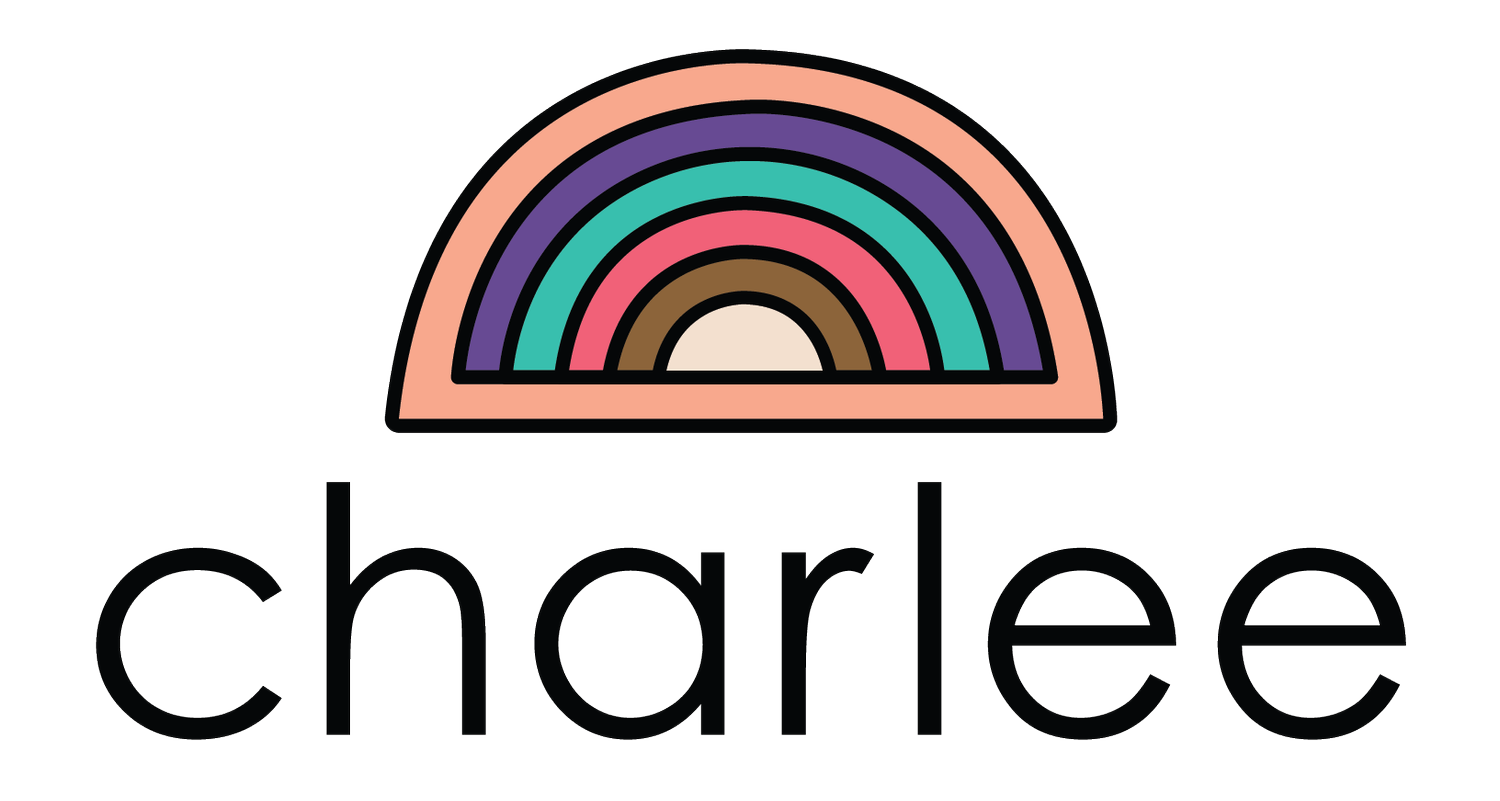
A suicide in our LGBTIQA+
communities
Responding to a LGBTIQA+ suicide in our communities
When a LGBTIQA+ suicide happens in a community, it is common for LGBTIQA+ people who don’t identify as chosen family or close friends of the deceased to feel a strong reaction of grief. A strong grief response may be more likely when someone:
Shares the same identification with a sexuality or gender
Is from the same cultural background or practices the same faith
Belongs to the same community such as school, volunteering group or recreational club
Followed them through online networks like social media
There is limited LGBTIQA+ visibility within the community
A person grieving experiences or has experienced suicidal distress
Viewed the person as a role model or icon of LGBTIQA+ identity
This grief is often not spoken about. Many LGBTIQA+ people may feel like their grief is invalid because they did not have a personal relationship with the person who has suicided.
We know these feelings of grief are real and can be very painful. You might be grieving if you are:
Feeling sad about the suicide death
Feeling angry, alarmed, overwhelmed or shocked
Experiencing tiredness or agitation
Wanting to pay tribute to honour a loss
Wondering about how the person who suicide experienced being LGBTIQA+
Confusion about how you are ‘meant’ to feel
Although we may face struggles in our grief that are unique to LGBTIQA+ people and our cultural experiences, there are also aspects of grief after a suicide that distinguishes this kind of grief from other forms of loss. It can be helpful if you are bereaved to learn about why loss through suicide is different to other types of grief. Being able to understand what you are going through, the feelings you experience and find language to express yourself may feel comforting.


